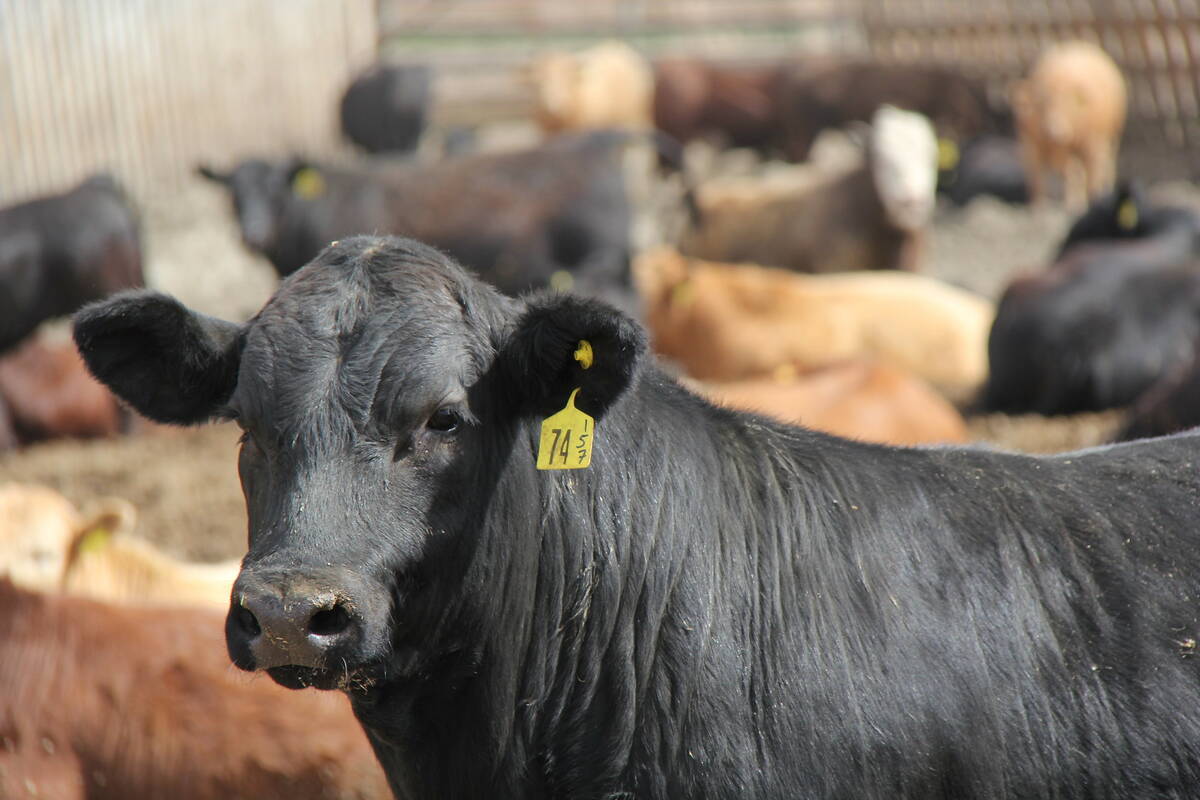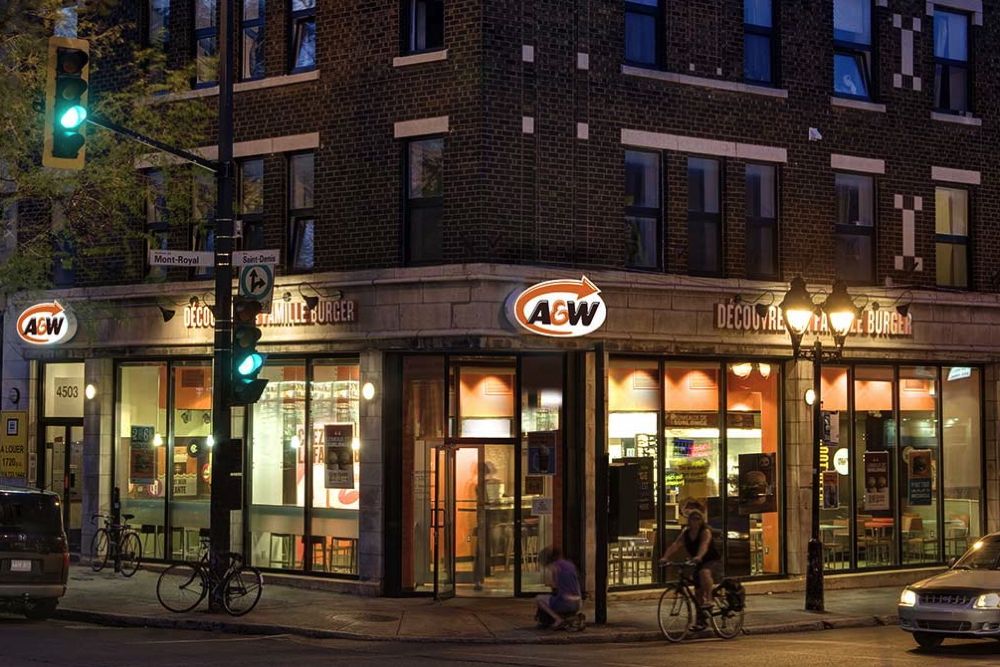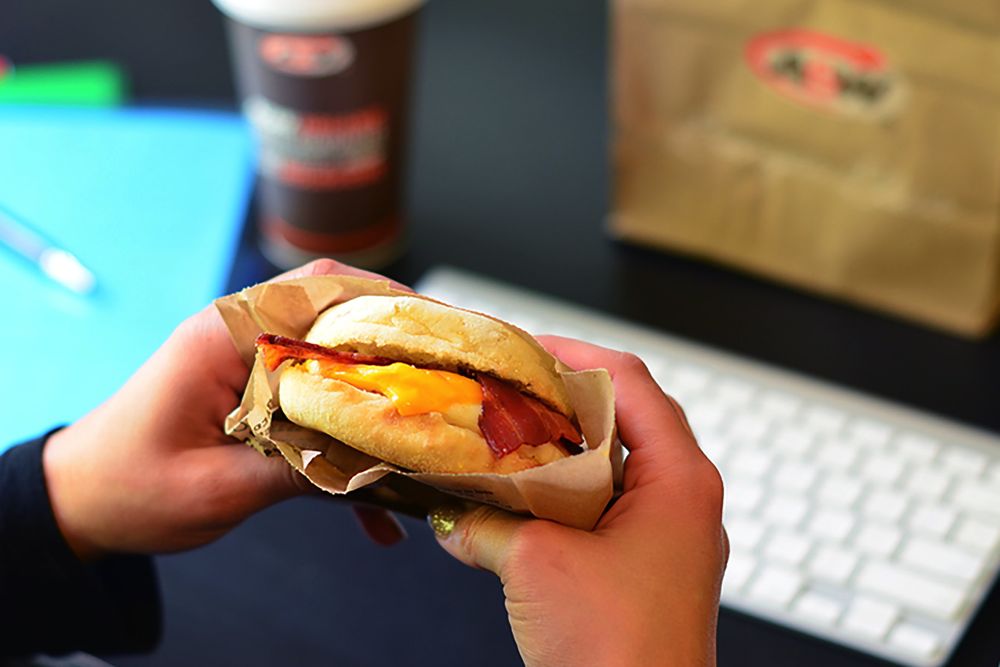Canada’s second-biggest burger chain plans to follow up its new sourcing policies for beef and eggs with a third “major ingredient change,” due out next week.
While releasing their results for the third quarter ending Sept. 7, A+W Revenue Royalties Income Fund and A+W Food Services of Canada said the ingredient change is set to be announced next Monday (Oct. 20).
Without giving away any details, A+W Food Services CEO Paul Hollands said in a release Monday the ingredient change will be “a first in the quick service restaurant (QSR) industry.”
Read Also

Klassen: Cash feeder market divorces from futures market
For the week ending October 11, Western Canadian yearling markets traded $8/cwt higher to $5/cwt lower compared to seven days…
Vancouver-based A+W in September 2013 declared its burgers would henceforth be made with “beef that has been raised without any added steroids or hormones and contains no added preservatives or additives.” The change meant moving to source beef from suppliers not just in Canada but also in the U.S. and Australia, all subject to the company’s new verification systems.
A+W in September this year also rolled out a new “Egg Guarantee” policy, requiring its eggs come from hens fed a “vegetarian diet without animal byproducts,” featuring “grains and seeds such as flax, corn, wheat, barley and soy.” The egg policy also requires hens not be fed antibiotics once they begin egg production.
The company also pledged to ensure all its laying hens are moved from conventional cage-type housing to “enriched” housing by the end of 2016.
The beef campaign angered some Canadian ranchers and their supporters over the chain’s move away from sourcing 100 per cent Canadian beef, and/or concern that A+W’s campaign could mislead consumers about the safety or quality of Canada’s beef supply.
Egg Farmers of Canada, responding to the “Egg Guarantee” announcement last month, stated “a balanced diet (for hens) must take account of a wide variety of elements including, for example, not only protein levels in feed but also the composition of that protein, so that the hens are able to lay eggs while maintaining their health.”
Hens’ diets can be adjusted for “specialty” production such as omega-3, free-range or organic eggs — but non-vegetarian ingredients such as meat and bone meal, feather meal, blood meal, animal fat and dried eggshells are approved for use under federal feed regulations as sources of energy, protein, calcium and phosphorous for conventional layer hens, the Egg Farmers said in September.
“Key driver”
Hollands on Monday noted the income fund showed “continued positive sales performance” in its third quarter due to its “ongoing strategy to respond to our guests’ desire for simple, great-tasting ingredients that have been farmed with care.”
A+W Food Services said its strategy also includes “accelerating the pace of growth” for opening new restaurants, with 22 new stores opened so far this year, including 16 in Ontario and Quebec, “important growth markets” for the chain. Another 15 are under construction. Almost 800 restaurants are in the income fund’s royalty pool.
The income fund, for the 12 weeks ending Sept. 7, booked royalty income of $7.03 million on $234.38 million in sales from the restaurants in the fund’s royalty pool, up from $6.33 million on $211.12 million in the year-earlier period.
Year-to-date, the fund reported royalty income of $19.165 million on $638.83 million in restaurants’ sales, up from $17.35 million on $578.28 million in the first three quarters of 2013.
Distributable cash for Q3 totalled $5.13 million, up from $4.48 million, while year-to-date distributable cash sits at $13.75 million, up from $12.31 million.
Same-store sales growth, which the A+W income fund reports as a “key driver of growth,” was up 5.7 per cent for the quarter and 5.8 per cent in the year-to-date period, compared to a 0.8 per cent increase in its 2013 Q3 and a 0.7 per cent decrease in the first three quarters of 2013.
Further, Hollands said Monday, “we are pleased that as a result of the strong sales, the fund’s payout ratio has moved below 100 per cent.”
For restaurant royalty funds such as A+W, a payout ratio above 100 per cent is a marker of sluggish or declining same-store sales. A+W’s payout ratio is calculated by dividing distributions paid and distributions accrued to the last day of the quarter and year-to-date period, by the distributable cash generated in that period.
The A+W fund’s payout ratio was 89.5 per cent in its Q3 period and 99.6 per cent for year-to-date, down from 98.2 per cent and 106.6 per cent for the same periods in 2013 respectively.
The A+W fund’s objective is now to maintain an annual payout ratio at or below 100 per cent; the company on Monday noted “good progress” toward doing so. The fund’s ratio for 2012 was 107 per cent, dropping to 104.1 per cent in 2013 and on Monday to 99.6 per cent on a trailing four-quarter basis. — AGCanada.com Network














